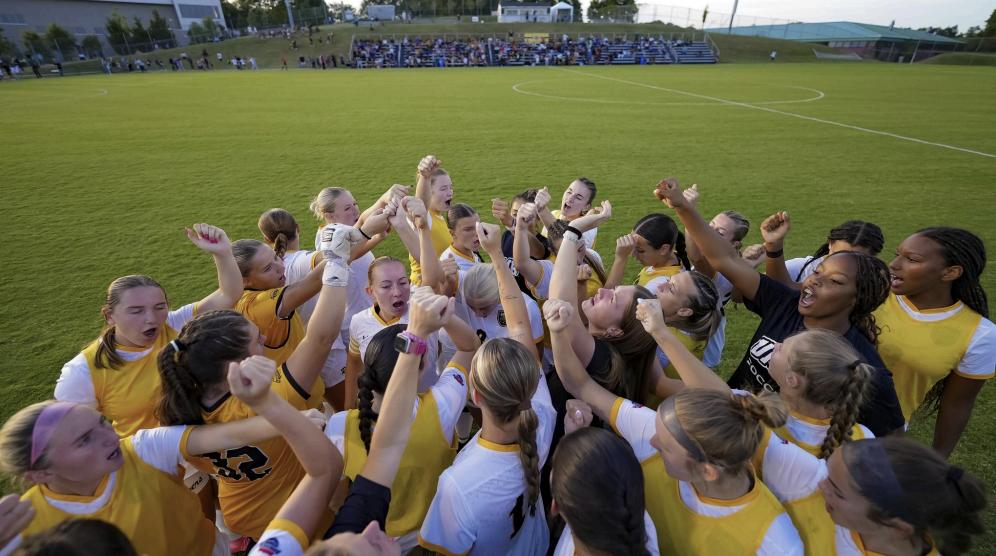This article has been updated to reflect new information and for clarity.
The University of Maryland, Baltimore County announced via email this evening that five employees and two students, or 2.3% of those tested, are positive for COVID-19 out of the 310 test results that have been received by the school so far.
About 750 people are approved to be on campus this summer, and the majority are not on campus full-time, according to Chief of Police Paul Dillon. All of the UMBC students and employees who were approved to return to campus this summer were invited to the pilot testing program. 320 of those invited volunteered.
As per health recommendations, UMBC has asked all of the community members who have tested positive to self-isolate for 10 days and see their primary care physician. The official Centers for Disease Control and Prevention guidelines state that those who have not had any symptoms can stop self-isolating 10 days from the initial positive test. The guidelines also note that “because symptoms cannot be used to gauge where these individuals are in the course of their illness, it is possible that the duration of viral shedding could be longer or shorter than 10 days after their first positive test.” UMBC’s University Health Services has also connected with Baltimore County public health officials to “complete contact tracing for positive individuals,” according to the email.
According to Associate Vice President of Engagement in the Office of Institutional Advancement, Lisa Akchin, UMBC is currently working with the University of Maryland Baltimore School of Medicine throughout the process.
“The process for the fall is just beginning, with supervisors and putting in the names of people [who will be on campus] and the pilot was the dress rehearsal for a larger screening that will happen for those people coming back for the fall semester,” said Akchin.
As the fall semester approaches, the students and employees slated to return to campus will receive further information on scheduling a free COVID-19 test. In addition, all students living on campus will be required to participate in symptom tracking, including self-reporting and taking their temperature every day.
This fall will bring a “much larger testing process,” said Akchin.
